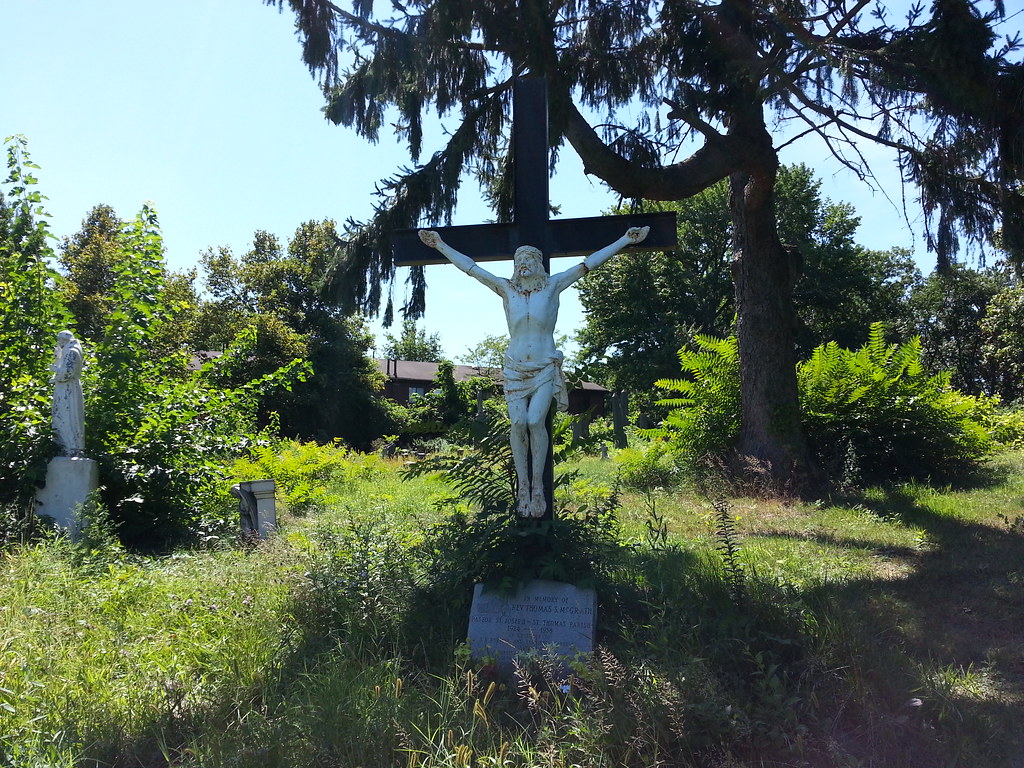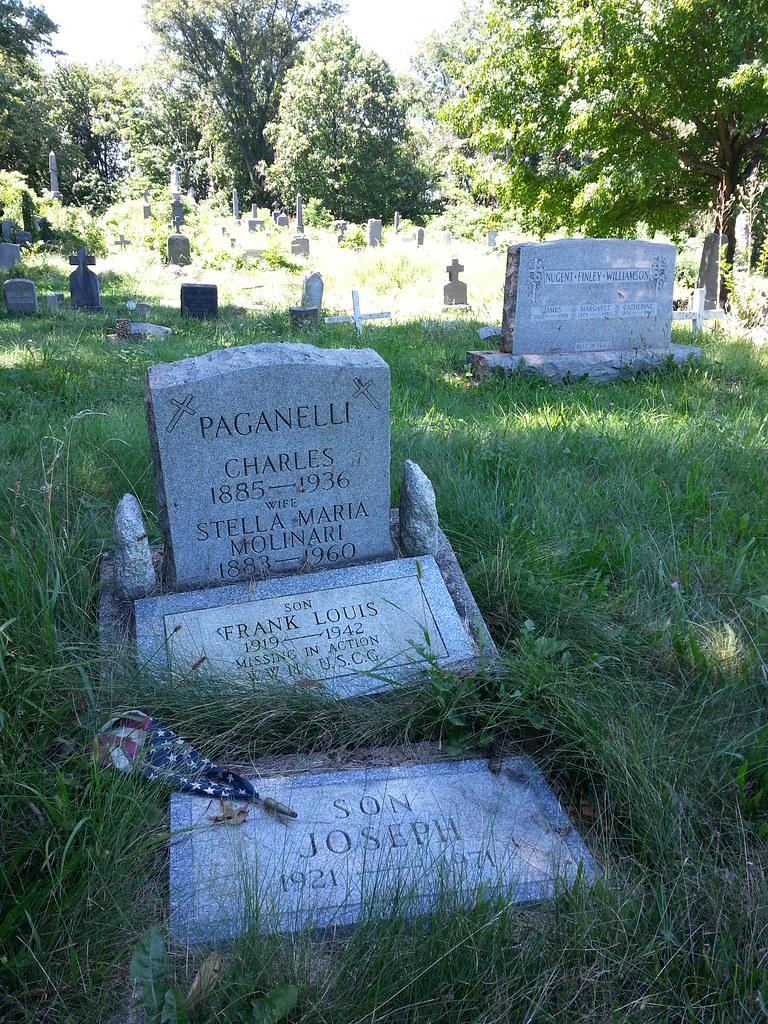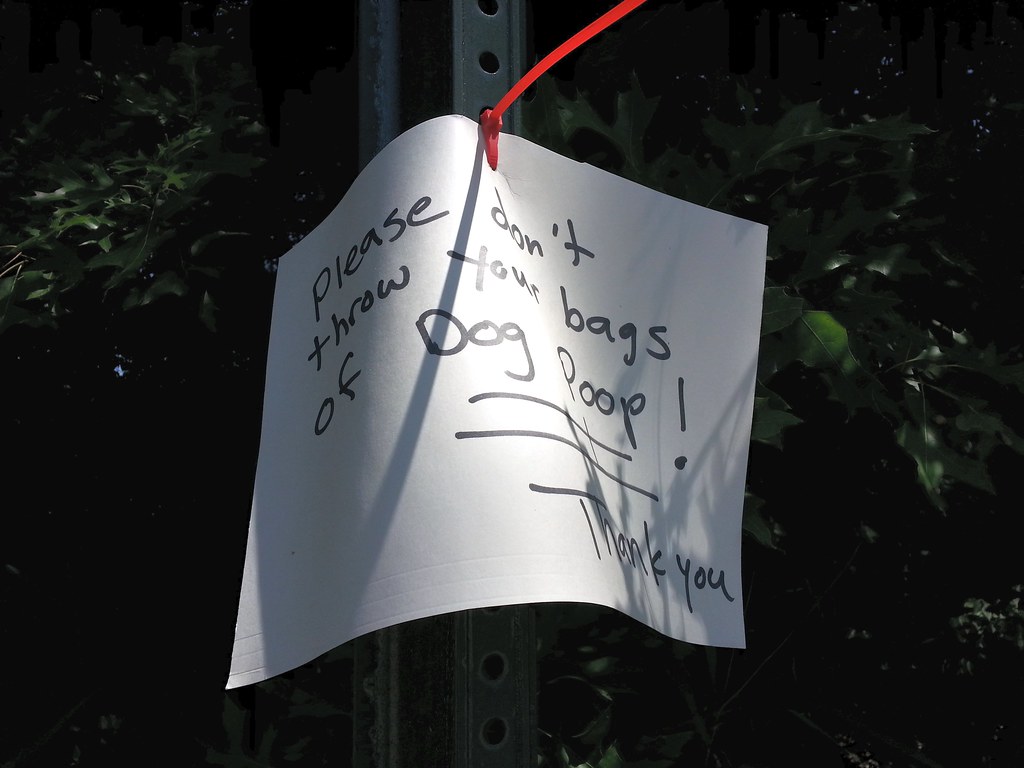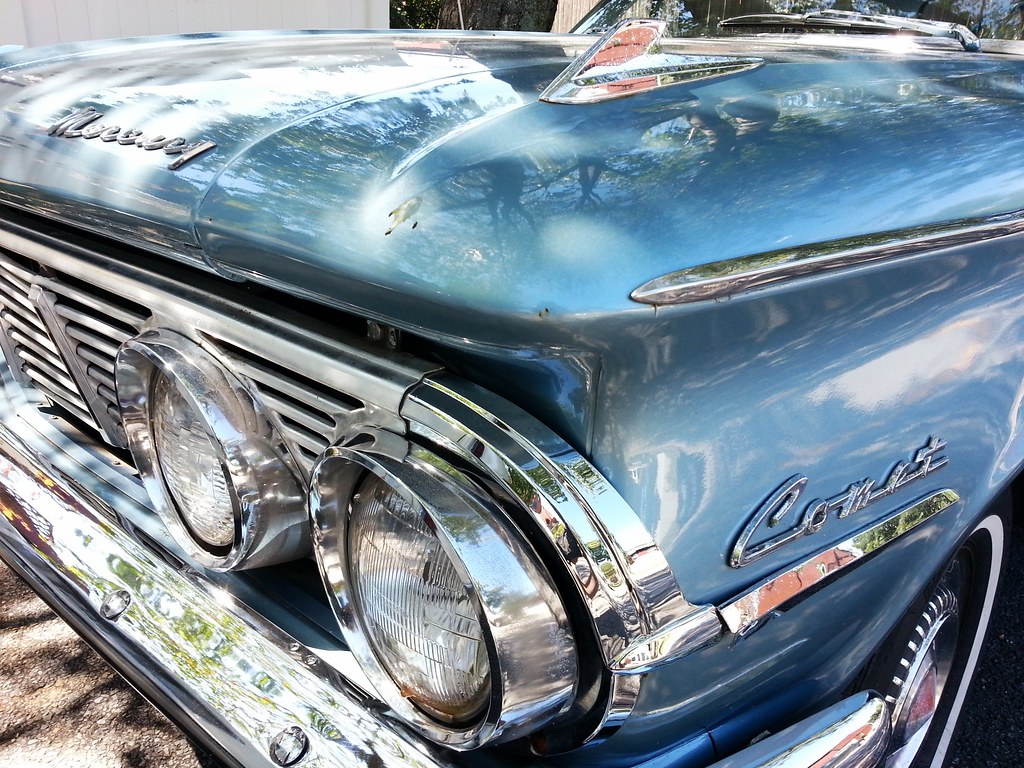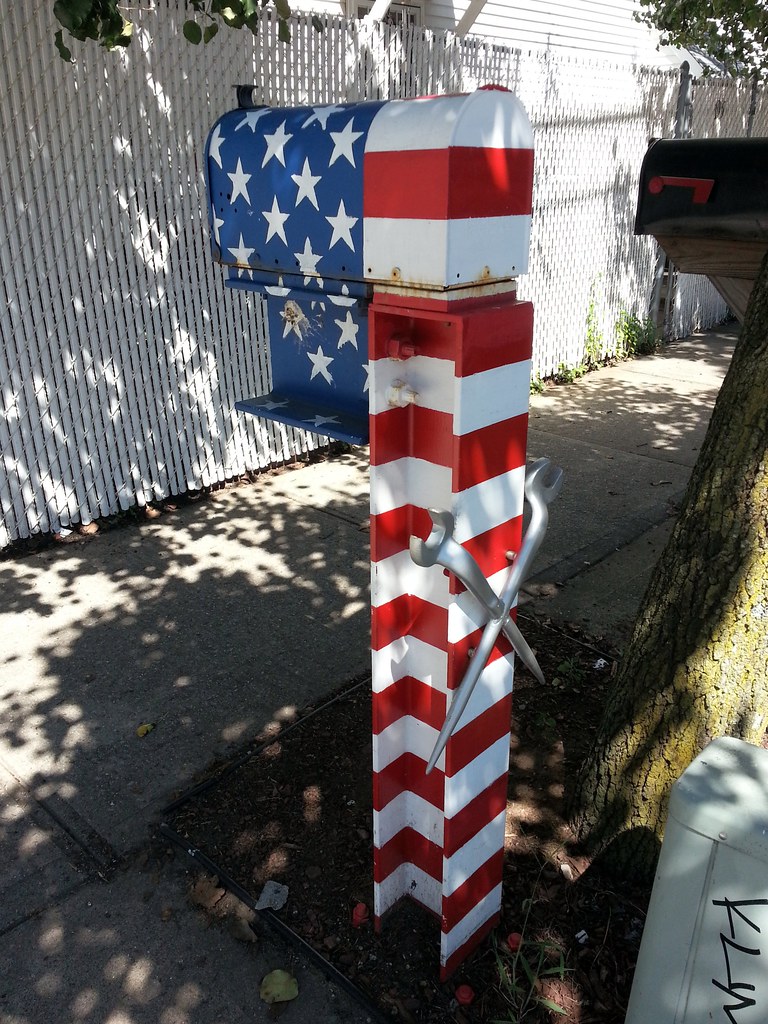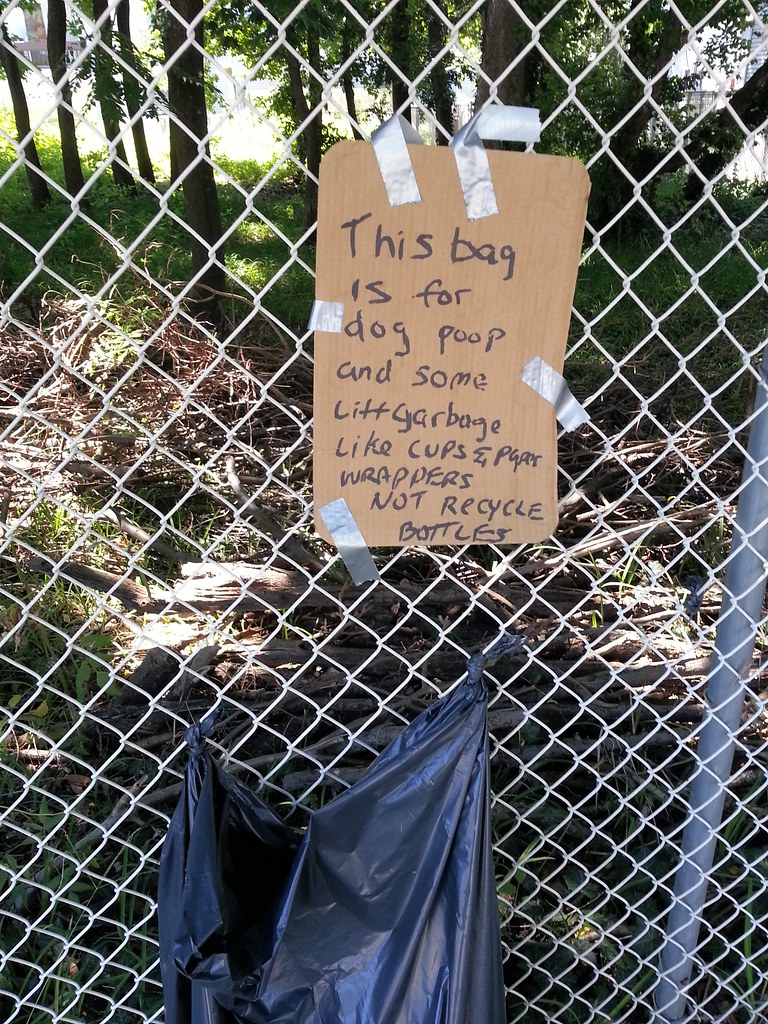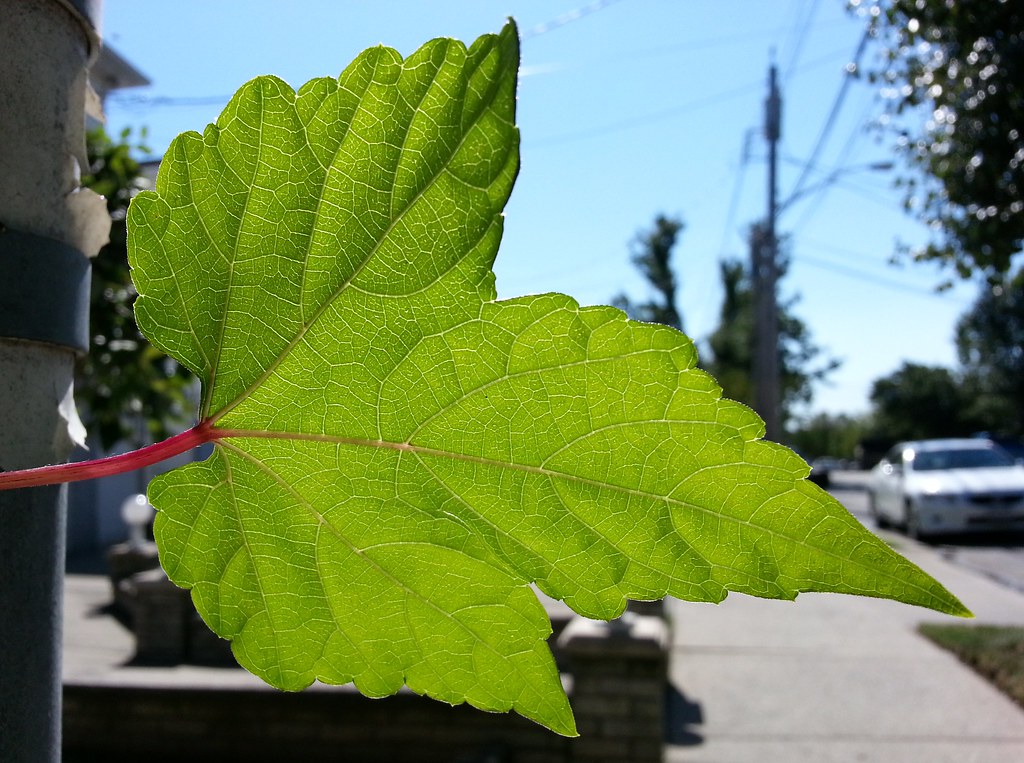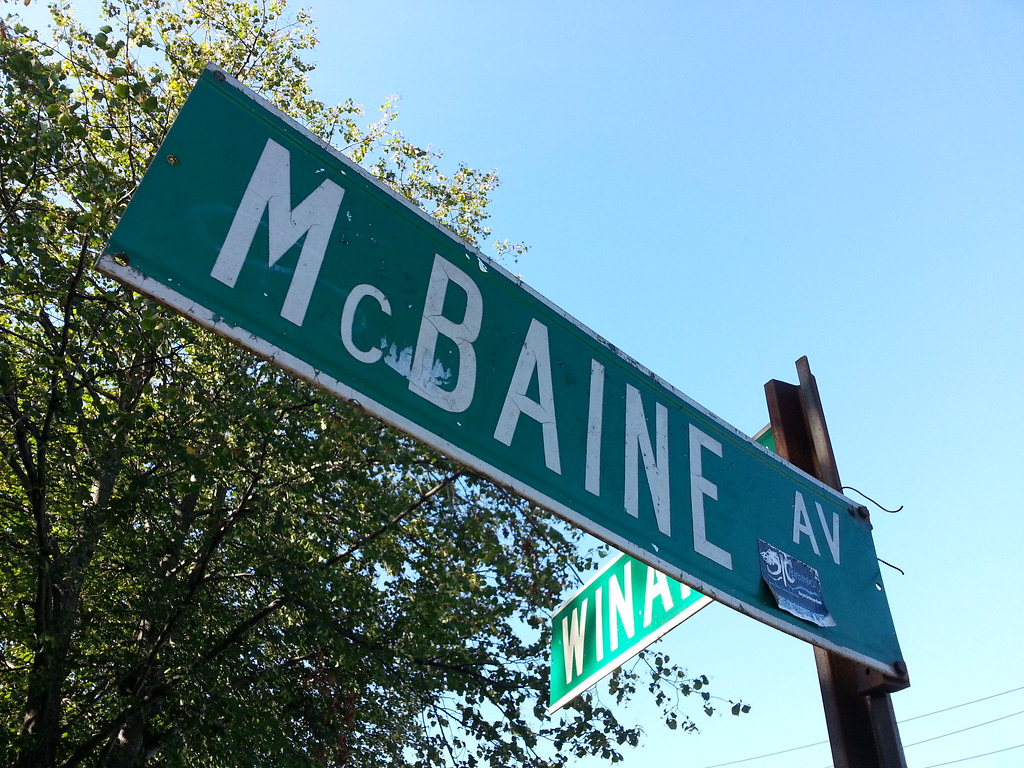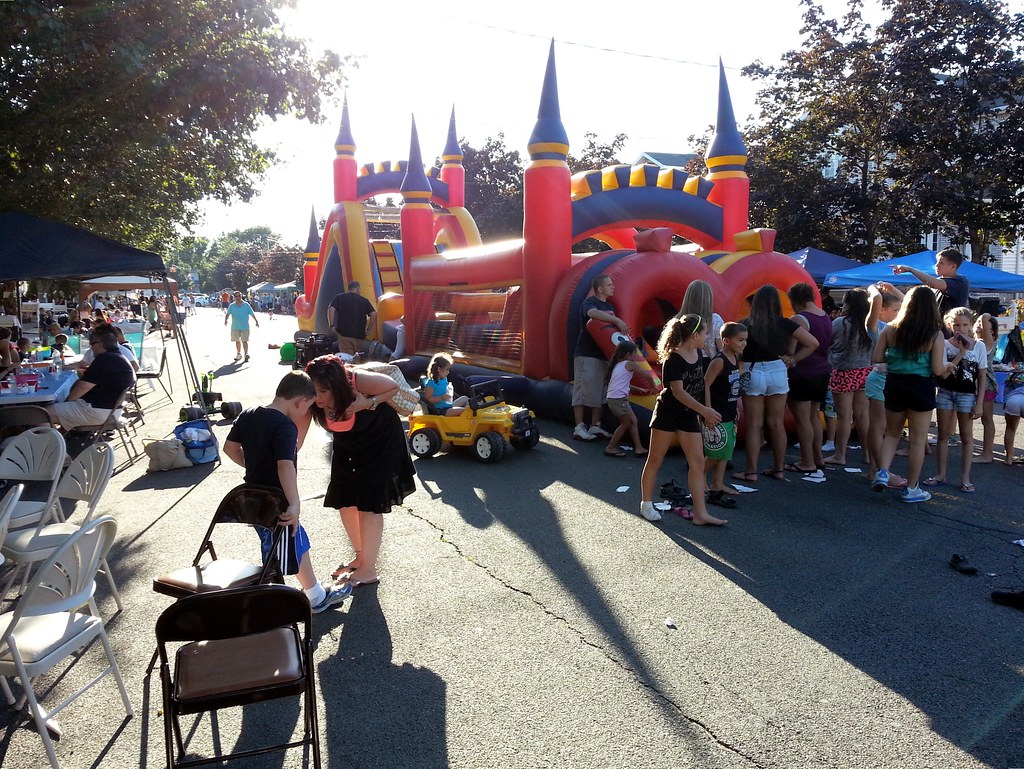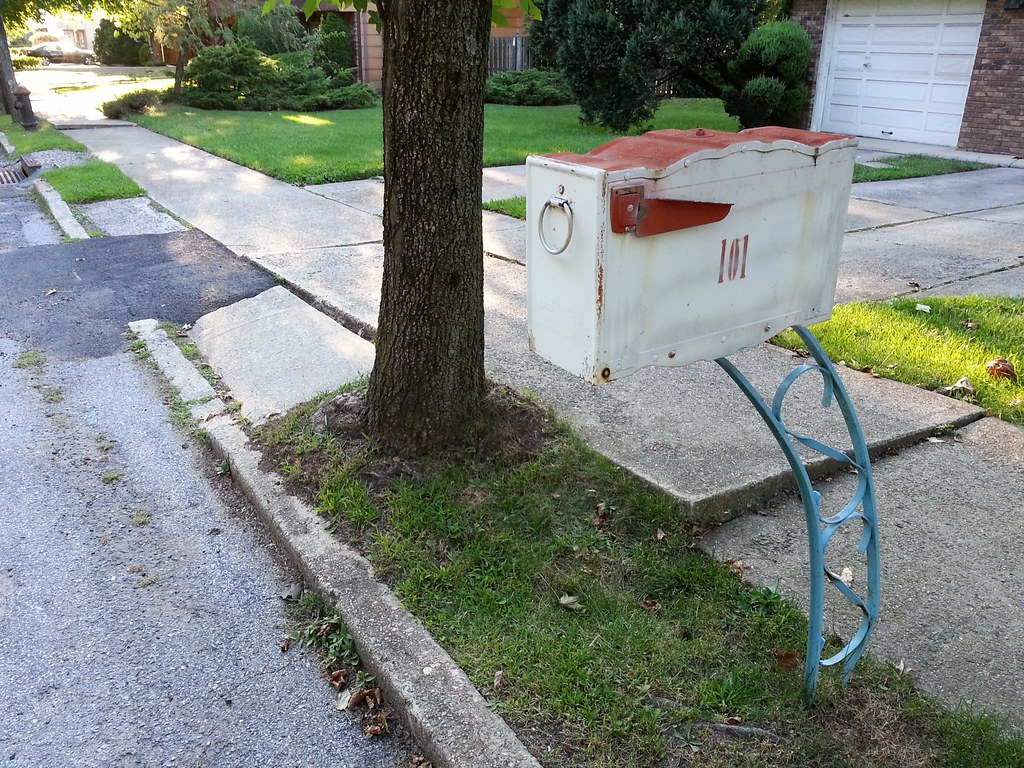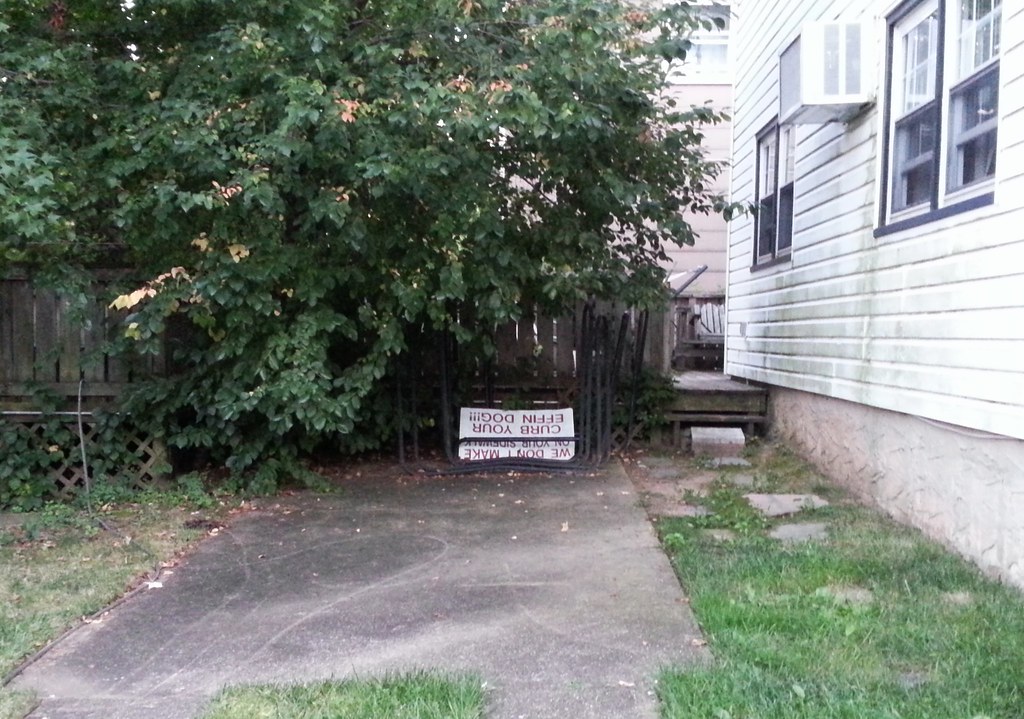

A halfhearted attempt to pass as a classic NYC taxicab
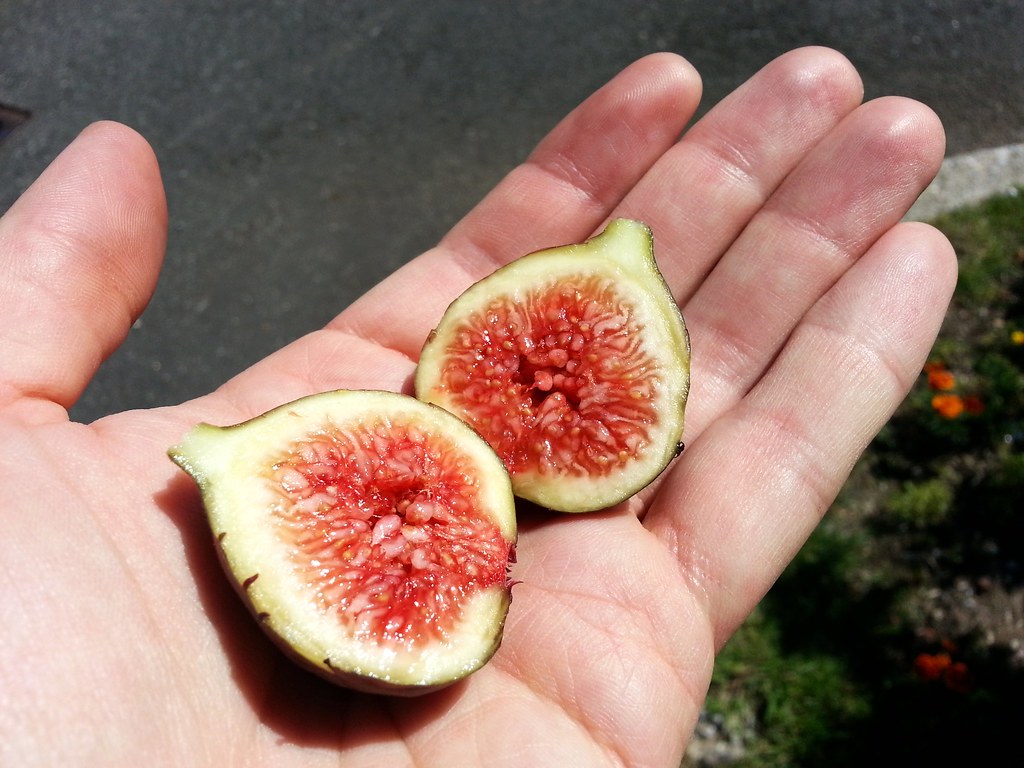
Something I never knew before I started this walk: there are approximately 500 gazillion fig trees in New York City. In some parts of the outer boroughs, I'll see a dozen or more each day. This particular fig is of the Brown Turkey variety, but you can find other types growing in the city as well.
While we think of figs as individual fruits, they're actually inside-out inflorescences — each of those fleshy little strands is actually a tiny flower! But how on earth do these flowers get pollinated? As we learned earlier, figs have an amazing relationship with a very small, specialized kind of wasp:
A female wasp of this type is able to crawl inside a fig through a tiny opening opposite the stem. Once inside, she lays her eggs, and in the process transfers pollen from the fig in which she was born. The larvae feed on the individual flowers in which they are growing until they reach maturity, at which point the males and females mate. The males then chew tunnels leading out of the fig and subsequently die, and the females (bearing pollen from the fig's flowers) escape through these tunnels and seek out new figs in which they can lay eggs of their own.Things get a bit more complicated — and interesting — with gynodioecious species (whose ranks include the figs typically grown in the US); you can learn more about them here if you are so inclined.
I should also note that the fig cultivars generally found in NYC, like the Brown Turkey, are parthenocarpic, which means they produce sterile fruit that does not require pollination — or wasps — to develop. (California's Calimyrna figs, on the other hand, must be pollinated for the fruit to mature. This has resulted in a strange-looking annual ritual in which paper bags are stapled to thousands of acres of fig trees.)
(Sound/look familiar?)

I'm not sure when the squat brick addition in the front was built, but the more elaborate structure rising behind it, currently home to a dance studio, deli, and kids' party center, was erected in 1901 as a public school. After the school closed in 1945, the building became a factory for the Marimac Novelty Company.

I think these massive steel braces are going to be (or maybe already have been) used for trench shoring during the installation of new sewer and water lines in the area.

This cemetery ("one of the nation's most important black burial grounds") and its associated church were established around 1850 by residents of Sandy Ground, a community of free blacks dating back to the late 1820s. By the 1850s, many African-American oystermen and their families had moved to the area from Maryland, driven north by a series of racial laws enacted by the state that made it difficult for them to do business there. They were attracted to Sandy Ground because of its proximity to the renowned oyster beds of Prince's Bay, just a couple of miles to the south.
Oystering became the central industry of Sandy Ground, and the village thrived for several decades before gradually falling into decline after heavy pollution and outbreaks of typhoid led to the closing of Staten Island's oyster beds in 1916. Fires in 1930 and 1963 further decimated the surviving community, but there are still a handful of families in the area who can trace their lineage back to the original black settlers.
(If you look closely, you can see a deer prancing around the edge of the cemetery.)

Look closely again; you can see two deer this time — a doe and a fawn. There was a third one traipsing about as well, but I can't spot it in this photo.
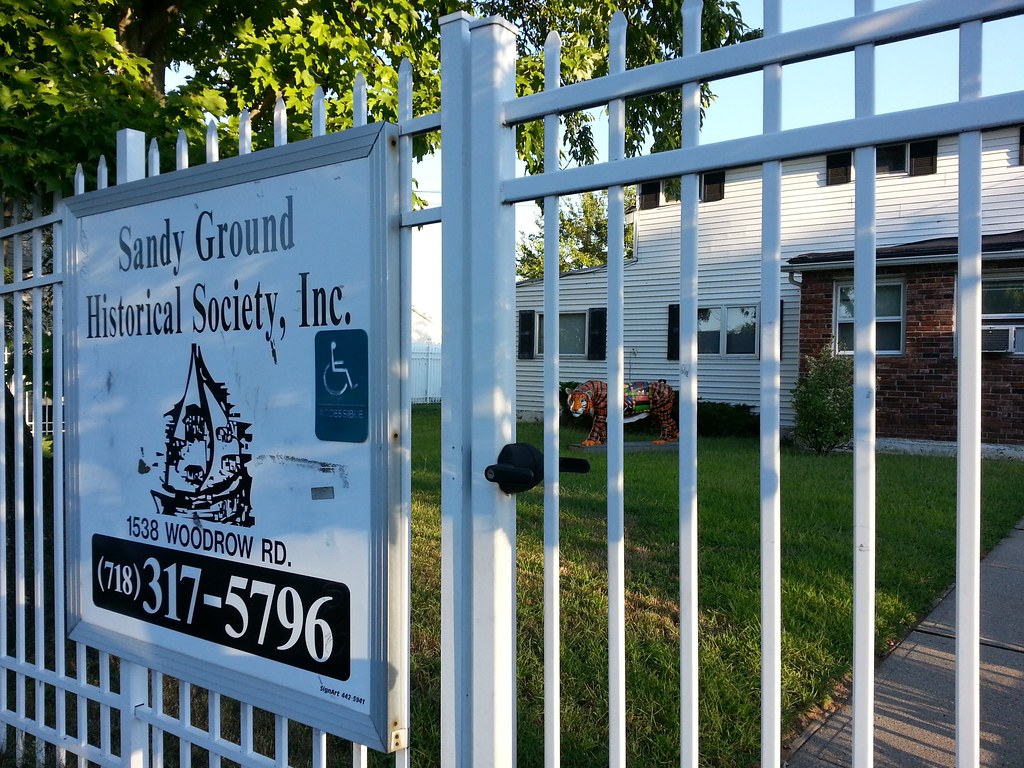
The society runs a museum and library focused on — you guessed it — the history of Sandy Ground.



